Now the growing season has begun, it’s time to get sowing!
I know many of you will have gardens that are full of shade or shady areas, and you may think you won’t be able to grow in the shade. Well, the good news is: You can!!
While most crops do best with lots of sun and warmth (I’m looking at you, peppers!), there are quite a few varieties of crops that will absolutely tolerate partial shade.
Firstly, let’s talk a little bit about sun exposure and what these terms mean.
Full sun: This one is easy. Full sun is a spot in your garden that received direct sunlight for a minimum of six hours per day. For a full sun spot in your garden: aubergine, cucumber, chilli peppers, and sweet corn will do great.
Partial sun/shade:
Partial sun is a little trickier, as the name suggests partial sun crops can tolerate some shade. Unfortunately, this doesn’t mean that you should plonk your partial shade plants down in an area that gets an hour of shade a day. Crops planted in partial sun (or partial shade, the terms are often used interchangeably), need on average between 3 and 6 hours of sun a day.
One very minor difference between the wording of partial sun and partial shade, is that more emphasis should be applied to the operative word. ‘Partial ‘sun’ infers that the more time on average spent in the sun is best, whereas ‘partial shade’ crops will do best with some respite from the more harsh summer afternoons.
Dappled sun/shade: This is the one that when I started collecting plants and learning to grow food, tripped me up the most. Dappled. D a p p l e d. Do regular people use this word?! I can’t say I ever did until the last couple of years!![]()
Dappled sun applies to filtered sunlight, such as through branches of trees and foliage.
Full shade: While full shade does not mean, ‘no sun’, full shade plants will most likely do just fine in areas with less than three hours of sunlight a day. Super simple!

Starting your seeds
Before we get into the crops, you’ll want to make sure you can give your seedlings the best start possible. Understanding that shady areas have their own microclimate is key, and it’s important to adjust the care you give them to avoid any issues such as low germination rates, bolting, or damping off!
- Use good soil!
Sowing seeds in less than ideal soil is the first mistake that beginner gardeners make. Seeds contain all the nutrients they need to germinate and start to grow in cotyledons, but that food source will get used up rather quickly as the seedling grows.Only last year did I start home composting. Before that (and for the seeds I’ve sown so far this year), I’ve used a good, multi-purpose compost that you can pick up in stores. Seed sowing compost is sold and is often more expensive. I’ve found that multi-purpose works just fine.
- Be patient
Heat more often than not speeds up the germination process of a seed. Sowing in a shadier area will, of course, slow the process down and you may notice that it takes longer than it normally would for your seedlings to appear. It will also take longer for your crop to mature and be ready for harvesting.A popular method of sowing when this is the case is succession sowing. Re-sowing your seeds every few weeks will make sure that you have harvestable crops throughout the season.
- Alter your watering habits
As you’re planting in a space that doesn’t get a long period of direct sunlight, moisture won’t evaporate as quickly.Only water when your soil is dry to prevent drowning. Remember also that if your shady spot is next to larger plants such as trees or mature bushes, these plants will dominate the water intake in that area. You may need to adjust your watering to find that sweet spot but as long as you’re keeping an eye on your garden, it will tell you!
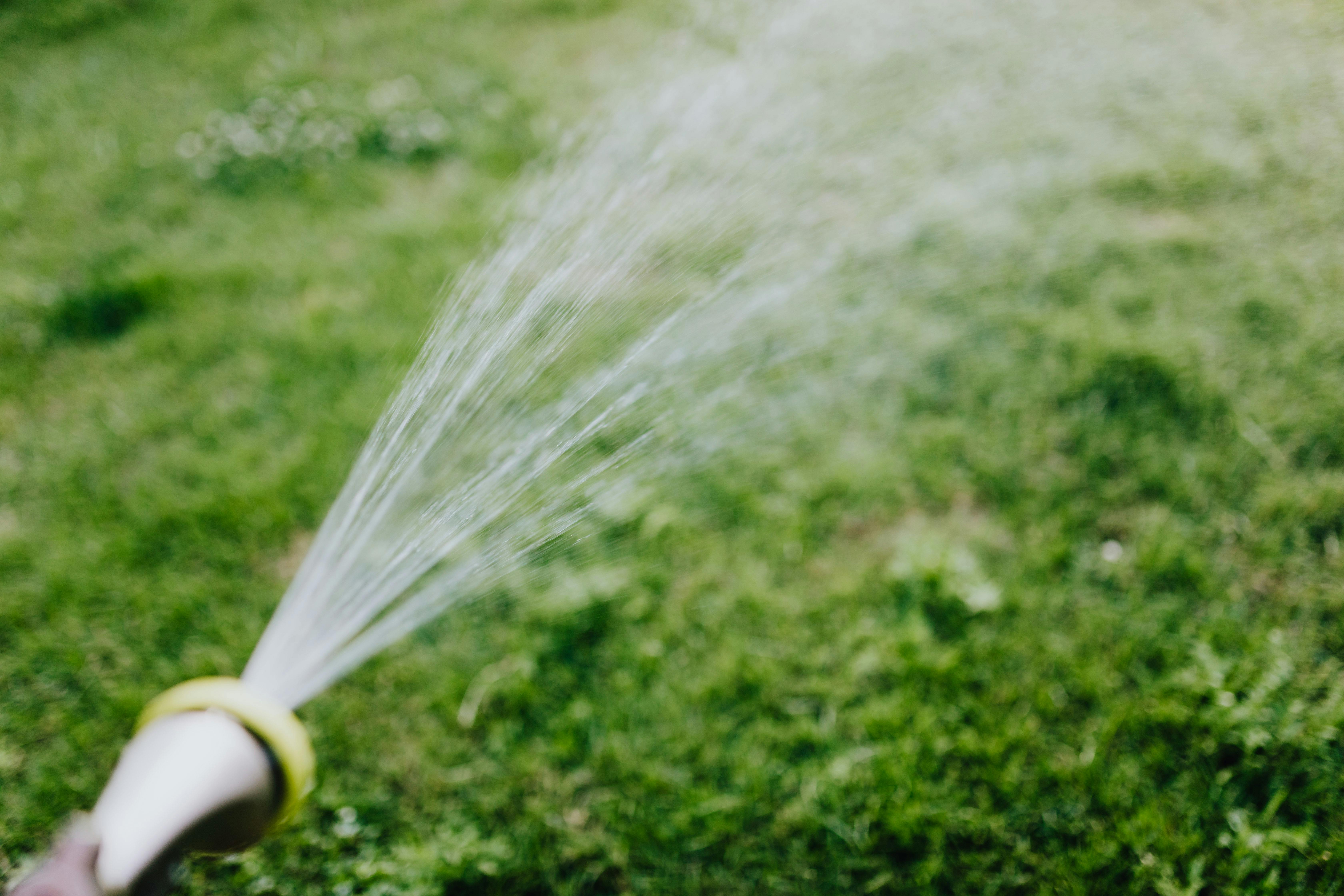
So, what can I grow?!
Salad greens
A staple in my fridge, salad greens will grow perfectly well in a shady area (and even indoors!). You can sow salad leaves in pots and containers, or sow directly into your bed.
Some salad greens are ‘cut and come again’, which is exactly as it sounds. Pop outside, cut yourself some leaves out, and the plant will continue to grow.
Popular cut and come again crops include lettuce, radicchio, parsley, and rocket.
Kale
Okay, don’t roll your eyes! Kale has gotten a bad rep over the last couple of years in meme form, but my goodness it is so TASTY. There are days I open my fridge and instead of reaching for junk food, I snack on kale.
Kale has the added benefit of being a cut and come again leaf to really extend the harvesting season.
Brassicas
Most brassicas such as broccoli and cauliflower tolerate shade quite well. If you have a smaller area, Brussels sprouts grow vertically and are super handy to grow in a larger size pot of container. 
Peas
The humble pea, often advised to grow in full sun, can tolerate some partial shade. Provided your space gets some sunlight, you should be good to go!
Something to remember is that peas grown in shade will produce a smaller crop and may not be as sweet.
Celery
While not my favourite, you can enjoy celery straight from a shady area in your garden.
As with the others, some sun is recommended for a maximum harvest, and celery is not different. Shade-grown celery will produce shorter, thinner stalks, but will bolt if it gets too hot!
If you’re new to gardening or have been gardening for years, why not try experimenting with the seeds you have? You might even learn that you can grow a perfectly satisfactory harvest in a spot that you never thought you could!
I absolutely love experimenting with varieties I’m already familiar with and seeds I’ve never sown before. If you don’t try it, you’ll never know!
Have you tried growing any of these examples before, and have you had success in your shade? Comment below and don’t forget to sign up to my mailing list to keep up-to-date with new posts!
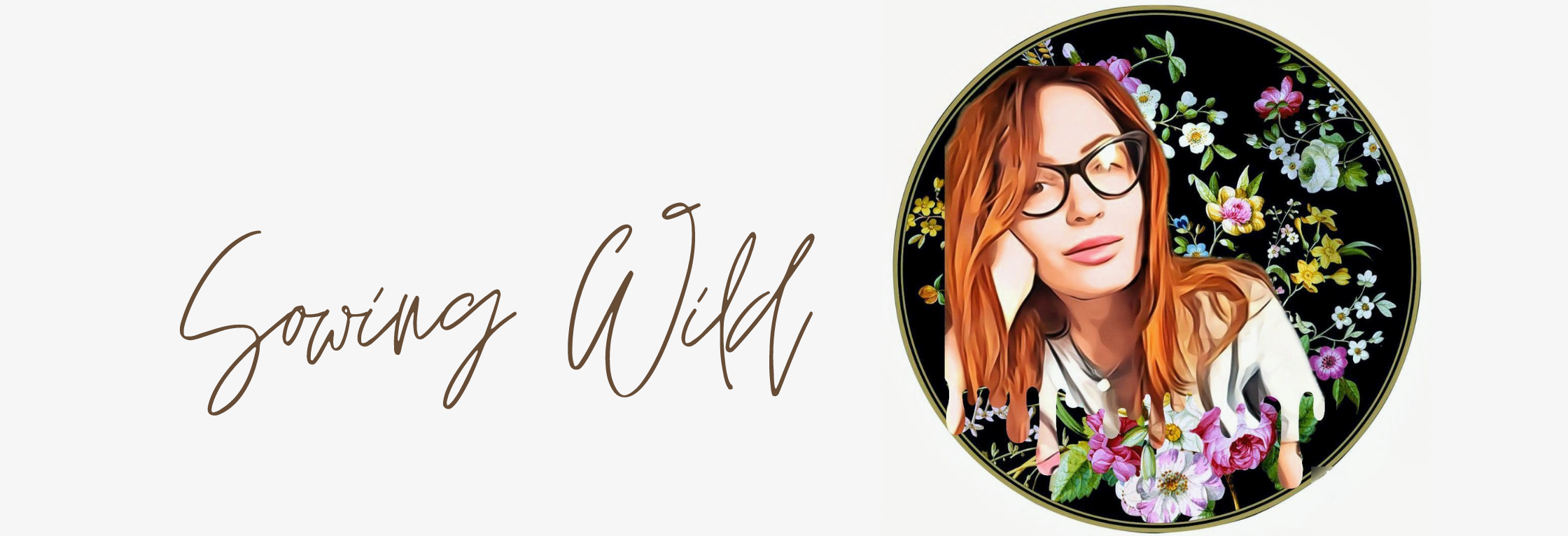
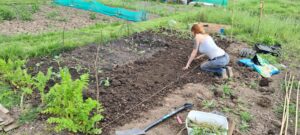
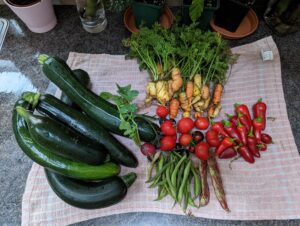
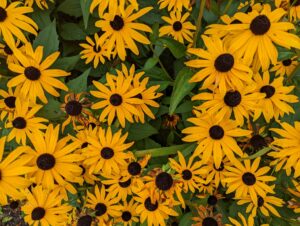
Id like to thank you for the efforts youve put in writing this blog. I am hoping to check out the same high-grade content by you later on as well. In truth, your creative writing abilities has motivated me to get my own, personal website now 😉